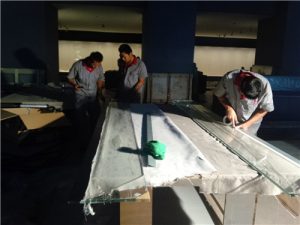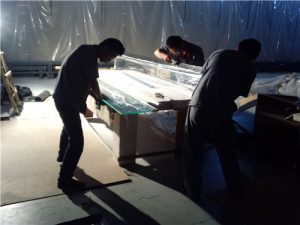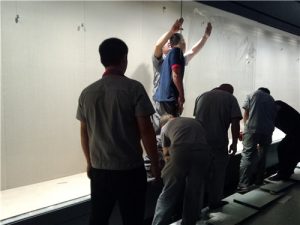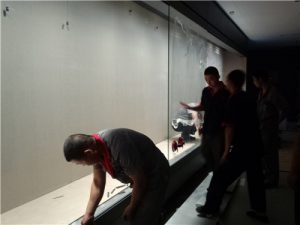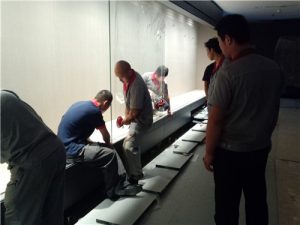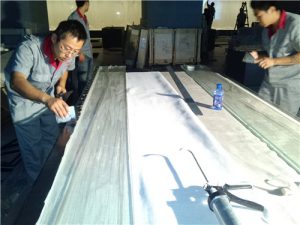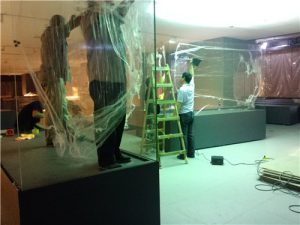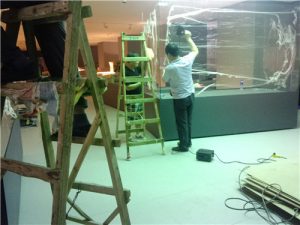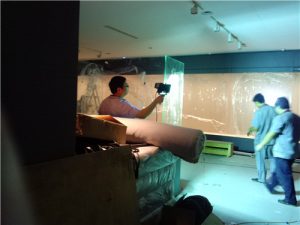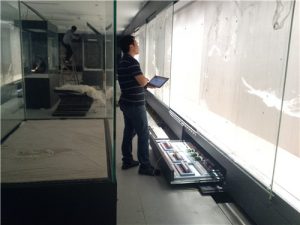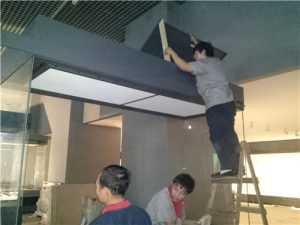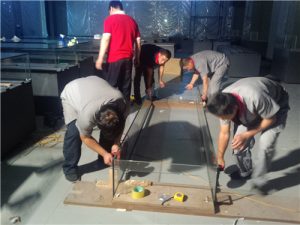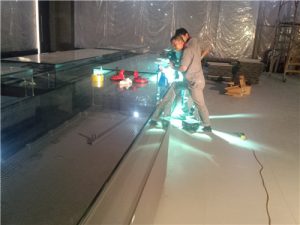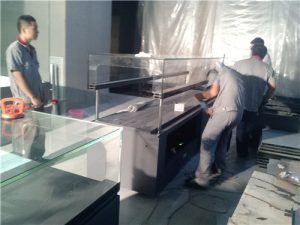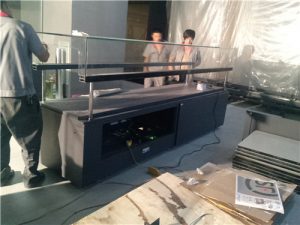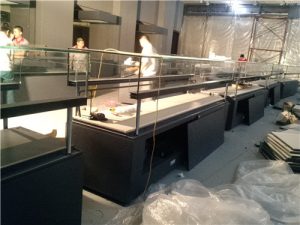After open,fair and transparent competition,by means of rich experience in high-end museum display cases, the convincing design,technology and quality level same as the supply from the international suppliers in west Eruope,Wangda Showcases successfully won the high-end museum display cases for HeBei Museum-the class-one national museum , and will design,manufacture,supply and install all the high-end museum quality display cases for all the galleries for the museum.
Visit by Chung Tai World Museum
Chung Tai World Museum pays a visit to Wangda for a detailed learning about the production environment and modernized steam production lines for high-end museum grade display cases.The delegation members give very positive evaluation on the quality,performance and technology level for the showcase sample by Wangda.
Chung Tai World Museum in Taiwan covers an area of 9 hectares, with a floor space that spans over 66,000 square meters. The building’s external design is identical to the ancient city in Tang Dynasty (618-907AD). Amalgamating Chinese architecture with Western techniques, Chung Tai World Museum echoes this notion: Both Buddhism and traditional Chinese culture bear a long history but remain fresh in its essence.
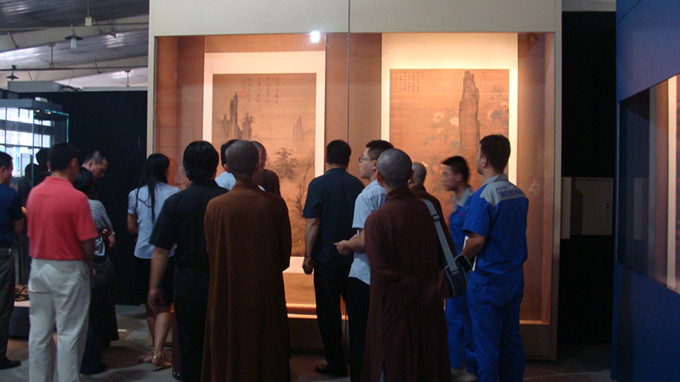
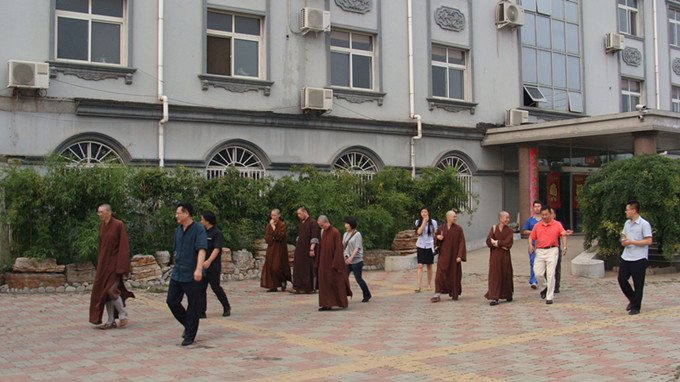
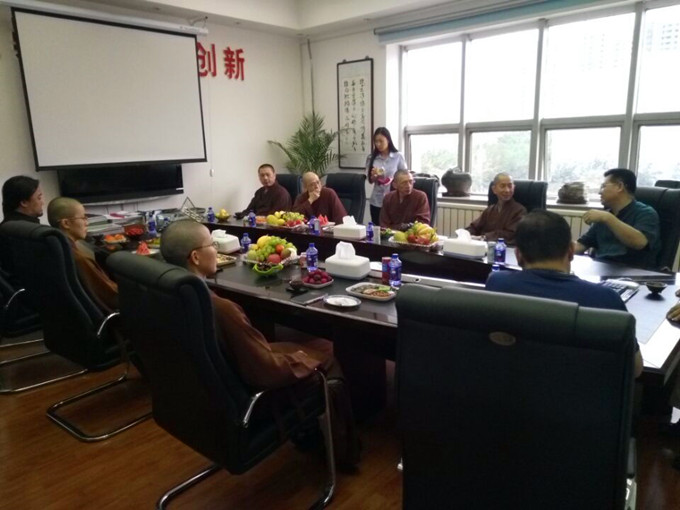
Visit by EU professionals for Eu museum showcase project
September in 2014, for museum showcase project for National War Museum of Malta and National Military Museum of Malta, the European museum professionals and the Heritage Malta visited WANGDA SHOWCASES, to carry out the due diligence and have an inspection on the production status as well as monitor the test on finished museum display cases at the workshops.

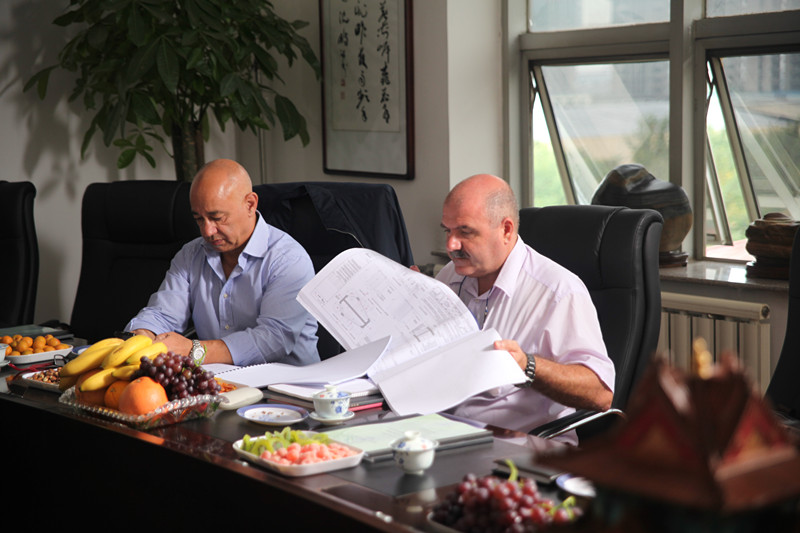
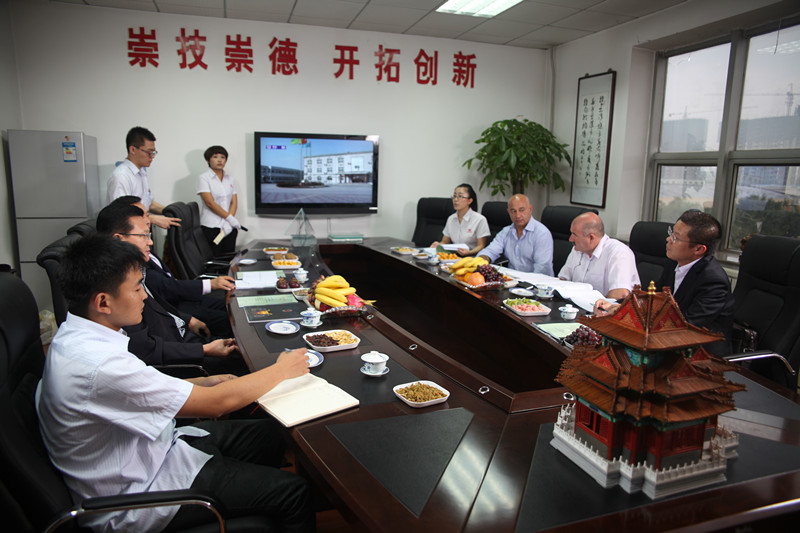
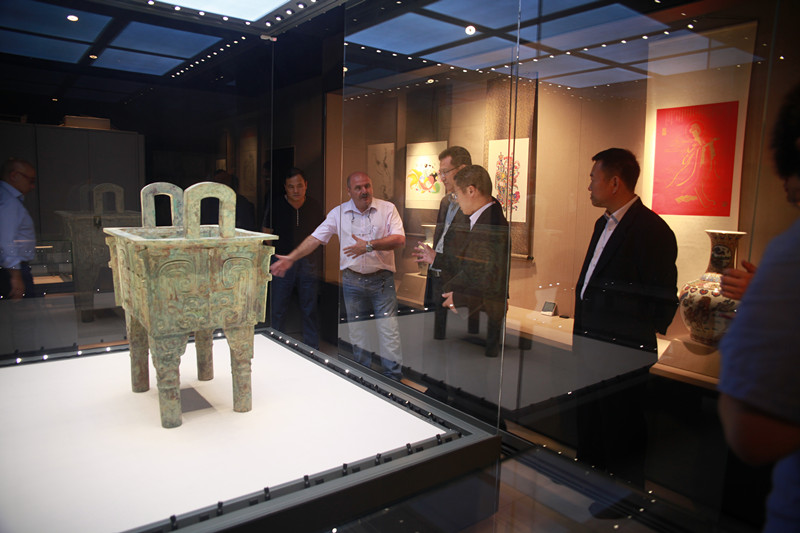
WANGDA SHOWCASES WON TAIZHOU MUSEUM
After public,transparent and fair competition among several powerful showcase supplier candiates,WANGDA finally succeeded in the contract to design,manufacture,supply and install all museum quality display cases for TaiZhou museum.
High-end Museum Display Cases for High Court of Beijing
After installation work being over,the custom-built high-end museum display cases(display cabinets,showcases,virines) by Wangda Showcases for High Court of Being has been put into official operation to conserve and display the collected judiciary exhibits.
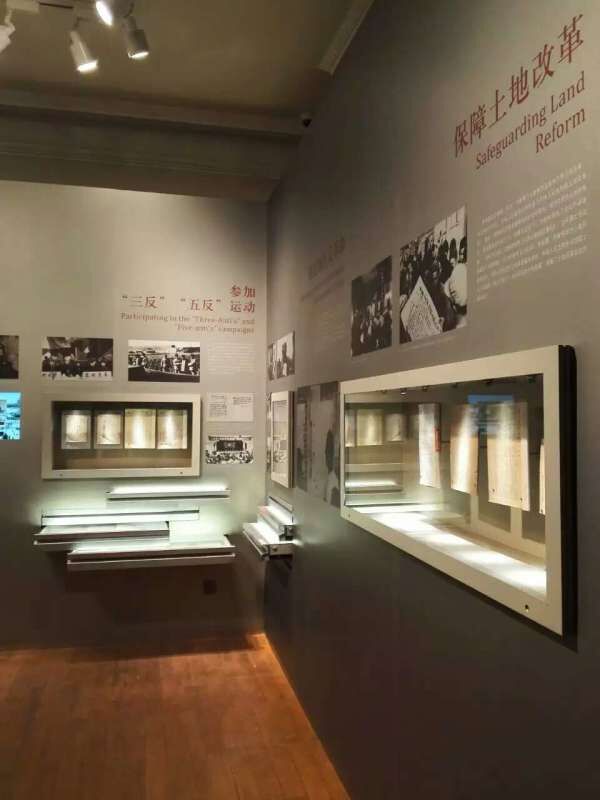
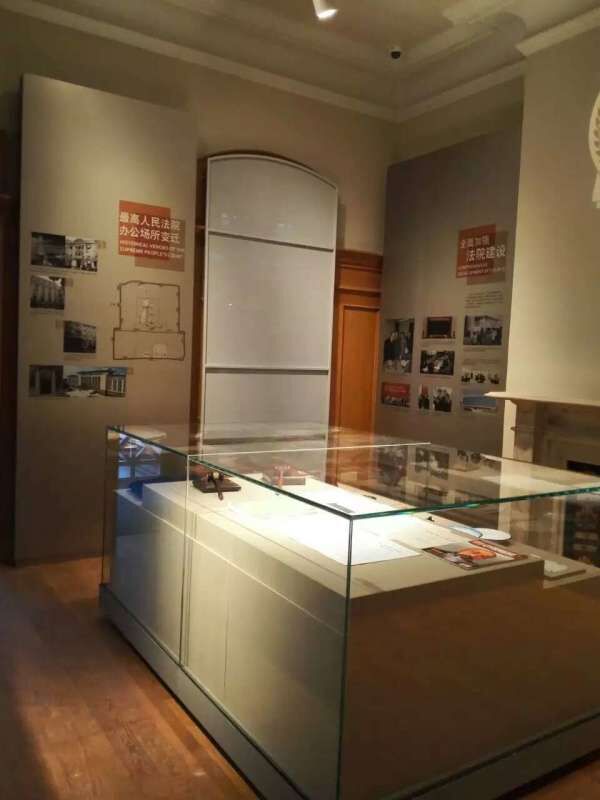
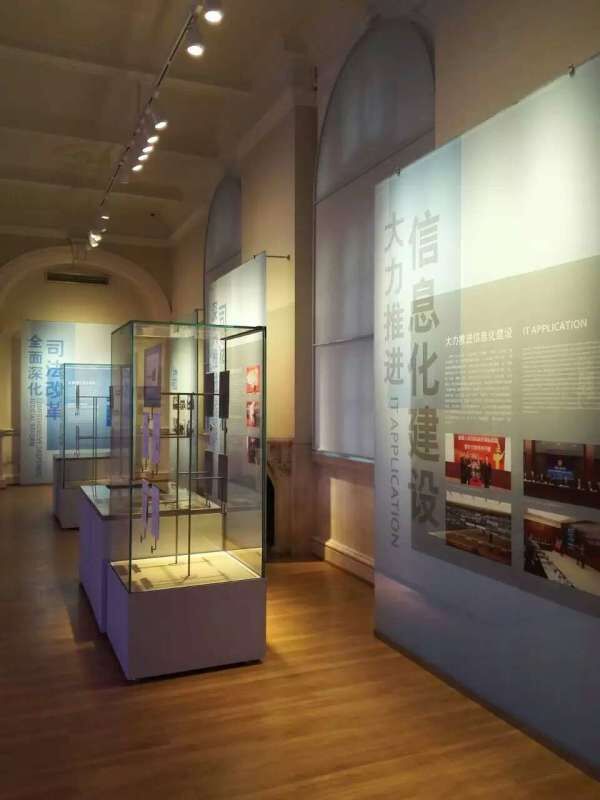
WANGDA DESIGNS SPECIAL DISPLAY CASES WITH MAGNETIC SUSPENSION SHELVING SYSTEM
WANGDA designs and works out a display case with internal magnetic suspension shelving system to display artifacts.The magnetic suspension system for museum grade display cases is similar to advanced magnetic suspension train.Such a suspension system makes artifacts float in the air and rotate clockwise or anti-clockwise freely so that visitors can have an all direction view no matter visitors stand at any position before the display cases.The distinctive shelving system can create an impressive sight impact thus considerably strengthen display effect and impression of the exhibited artifacts.For such a special display case,both the display case opening and the control of the internal magnetic suspension shelving system can be remote-controlled via a remote wireless control terminal.
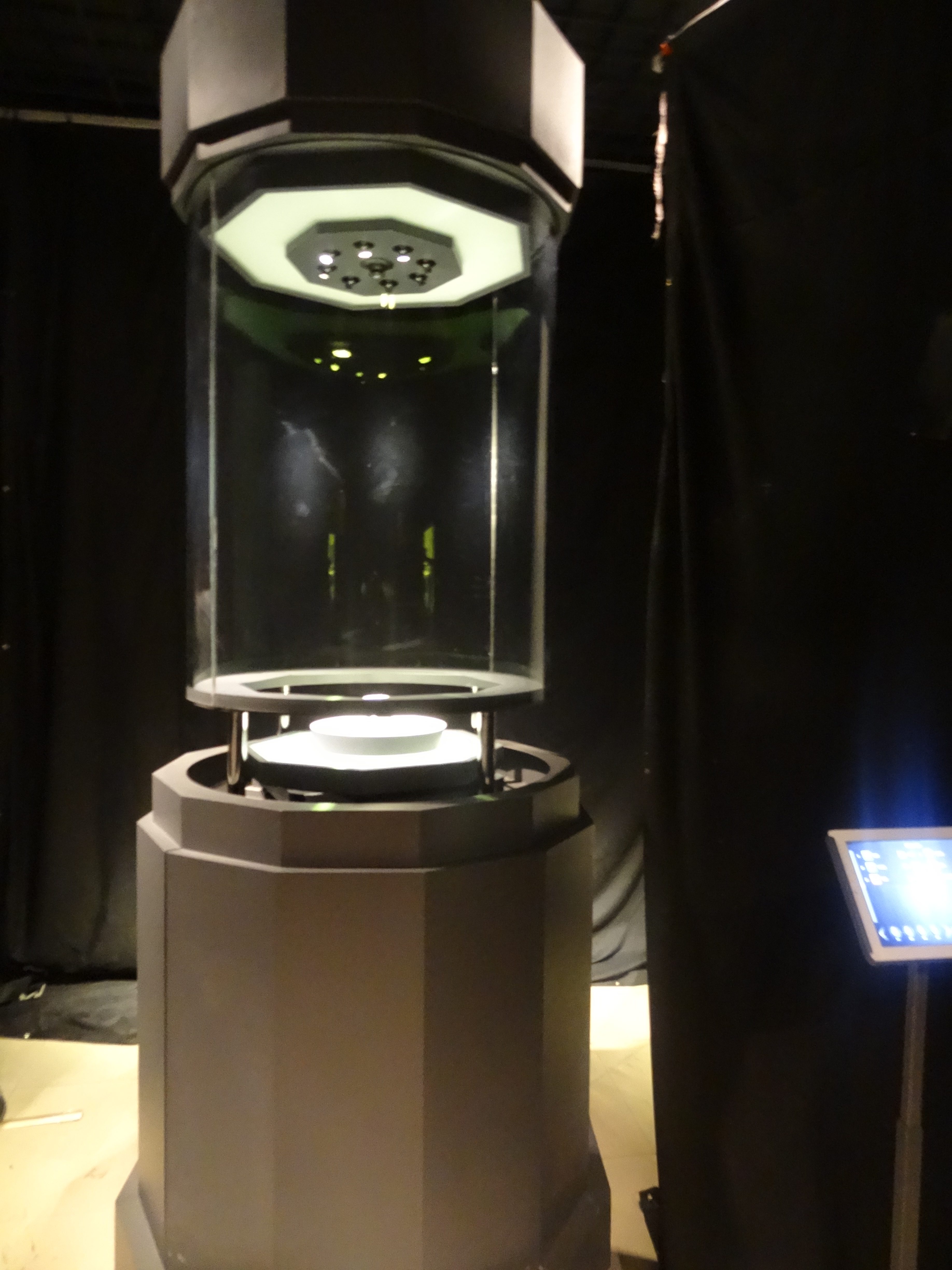
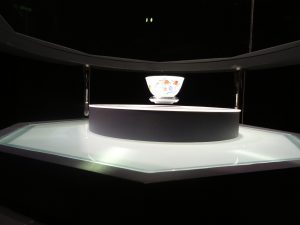
WANGDA introduced high-precision laser cutting production lines for high-precision museum display cases
WANGDA recently introduced full sets of advanced laser machine tools for increasing the fabrication precision for museum grade display cases|showcases|display cabinets|vitrines.The new laser machines tools are featured with fast cutting,ultra-high precision,neat,smooth and elegant cutting surface with no sawtooth,no damage,no avulsion.The laser system is able to easily work tightly with computer system for completely automatic operation and cut any shape of metal or timber sheets within shortest seconds.Additionally, the laser machine tools create no noise pollution and no exhaust gas.The advanced laser machine tools are very helpful with WANGDA to produce high-precision museum grade display cases.
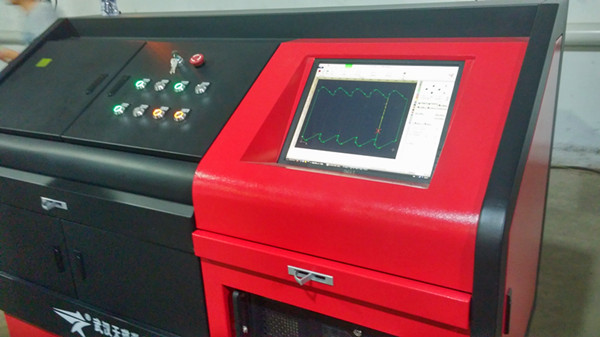
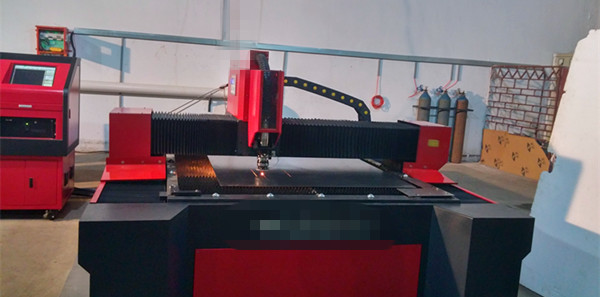
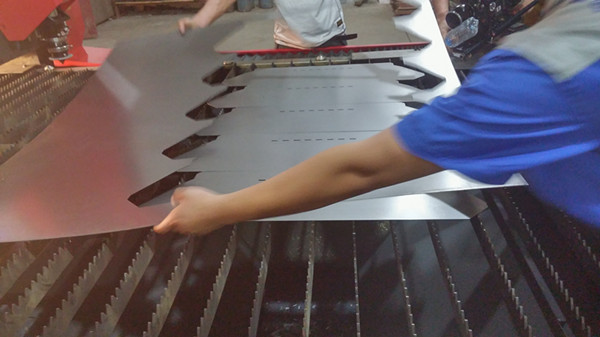
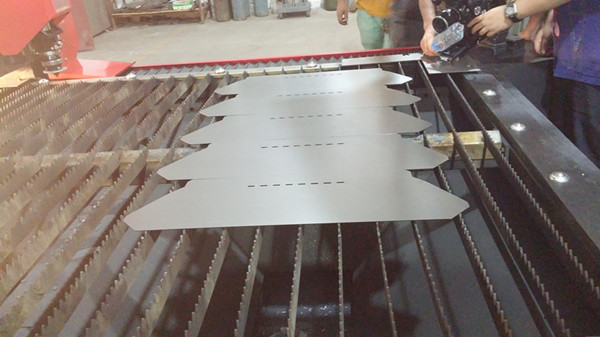
Museum Display Cases Project for Qi Heritage Museum
Wangda successfully won the tender of museum display cases|museum showcases|museum display cabinets|museum vitrines project for Qi Dynasty Heritage Museum to design,produce and install all the high-end custom museum grade display cases for all the galleries.
Qi was a state of the Zhou dynasty-era in ancient China, variously reckoned as a march, duchy, and independent kingdom. Its capital was Yingqiu, located within present-day Linzi in Shandong.
Qi was founded shortly after the Zhou overthrow of Shang in the 11th century bc. Its first marquis was Jiang Ziya, minister of King Wen and a legendary figure in Chinese culture. His family ruled Qi for several centuries before it was replaced by the Tian family in 386 bc.[1] In 221 bc, Qi was the final major state annexed by Qin during its unification of China.
Qi Culture (1045 BC — 221 BC ), one of the Chinese excellent traditional cultures, evolved and developed mainly in the territory of the State of Qi during the late Spring and Autumn period. It embraces the vast area between Mount Tai in the south and the Yellow Sea in the east, including today’s north and middle areas of Shandong Province and Shandong Peninsula area.
Qi Culture was characterized by advocating reform and opening up, pragmatic innovation and to win by wisdom. State of Qi and ancient Greece, two shining pearls in the Oriental civilization and Western civilization respectively, showed their glories roughly in the same time period in the human history. Linzi has been famous for eight hundred years in Chinese history as the ancient capital of Qi and the birthplace of Qi Culture. From Zhou Dynasties to Han Dynasties, Linzi serves as China’s largest commercial and industrial city and China’s most important center of metallurgy, textile, chariots, pottery, lacquer, and bronze mirror casting as well as the largest distribution center for sea salt and silk, therefore got the name as Oriental ancient Rome.
Museum display cases tender for RU KLINS PORCELAIN MUSEUM
WANGDA SHOWCASES WON THE TENDER OF MUSEUM DISPLAY CASES PROJECT FOR RU KLINS PORCELAIN MUSEUM.This museum requested all the museum display cases|museum display cabinets|museum showcases|vitrines to meet strict and critical standards for anti-bandit safety,air exchange rate and also protective lighting system within museum display cases.
Like Ding ware, Ru was produced in North China for imperial use.The Ru kilns were near the Northern Song capital at Kaifeng. In similar fashion to Longquan celadons, Ru pieces have small amounts of iron oxide in their glaze and turn greenish when fired in a reducing atmosphere. Ru wares range in colour from nearly white to a deep robin’s egg and often are covered with reddish-brown crackles. The crackles, or “crazing”, are caused when the glaze cools and contracts faster than the body, thus having to stretch and ultimately to split. The art historian James Watt comments that the Song dynasty was the first period that viewed crazing as a merit rather than a defect. Moreover, as time went on, the bodies got thinner and thinner, while glazes got thicker, until by the end of the Southern Song the ‘green-glaze’ was thicker than the body, making it extremely ‘fleshy’ rather than ‘bony,’ to use the traditional analogy (see section on Guan ware, below). Too, the glaze tends to drip and pool slightly, leaving it thinner at the top, where the clay peeps through.
As with Ding ware, the Song imperial court lost access to the Ru kilns after it fled Kaifeng when the Jurchen-led Jin dynasty conquered northern China, and settled at Lin’an (present-day Hangzhou) in the south. There, the Emperor Gaozong founded the Guan yao (‘official kilns’) right outside the new capital in order to produce imitations of Ru ware.However, posterity has remembered Ru ware as something unmatched by later attempts; Master Gao says, “Compared with Guan yao, the above were of finer substance and more brilliant luster.
Supply and install museum grade display showcases for ShenZhen Stock Exchange
The professional and experienced installation teams from WANGDA SHOWCASES accomplished professional on-site installation for custom museum display showcases for the Classic Collection Center of New ShenZhen Stock Exchange.All the museum grade display showcases were customized by German-branded anti-reflective glass with minimal light reflectivity less than 1% and all the showcases were installed with protective lighting system such as fiber optic lighting system and ERCO LED track lights .Active electronic-mode mni-climate control systems from Canada were installed for all the museum display showcases to actively control and monitor the relative humidity and temperature through wireless terminals.
Shenzhen Stock Exchange is a stock exchange based in Shenzhen, south of China. It is one of sole two stock exchanges in China, the other being Shanghai Stock Exchange. With a market capitalization of its listed companies around US$2.285 trillion in 2015, it is the 8th largest stock exchange in the world, and 4th largest in East Asia and Asia.
